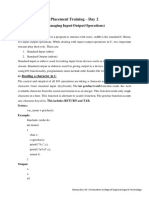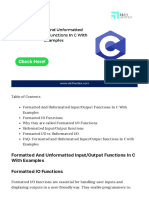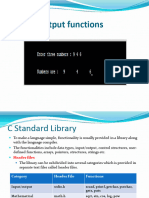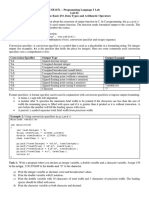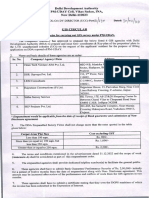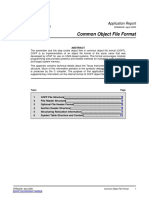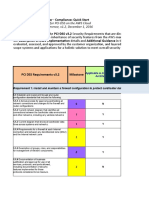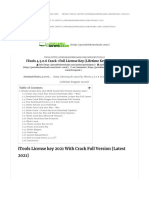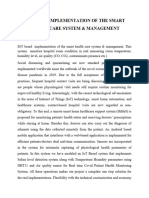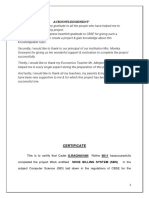0% found this document useful (0 votes)
17 views10 pages3.input Output Formats
The document explains input-output functions in C programming, detailing formatted and unformatted I/O functions. It provides a comprehensive list of format specifiers for various data types and examples of using printf and scanf for formatted output and input. Additionally, it discusses unformatted I/O functions like getchar, putchar, gets, and puts, emphasizing the use of fgets for safer string input.
Uploaded by
lathasreeponnadaCopyright
© © All Rights Reserved
We take content rights seriously. If you suspect this is your content, claim it here.
Available Formats
Download as DOCX, PDF, TXT or read online on Scribd
0% found this document useful (0 votes)
17 views10 pages3.input Output Formats
The document explains input-output functions in C programming, detailing formatted and unformatted I/O functions. It provides a comprehensive list of format specifiers for various data types and examples of using printf and scanf for formatted output and input. Additionally, it discusses unformatted I/O functions like getchar, putchar, gets, and puts, emphasizing the use of fgets for safer string input.
Uploaded by
lathasreeponnadaCopyright
© © All Rights Reserved
We take content rights seriously. If you suspect this is your content, claim it here.
Available Formats
Download as DOCX, PDF, TXT or read online on Scribd
/ 10





